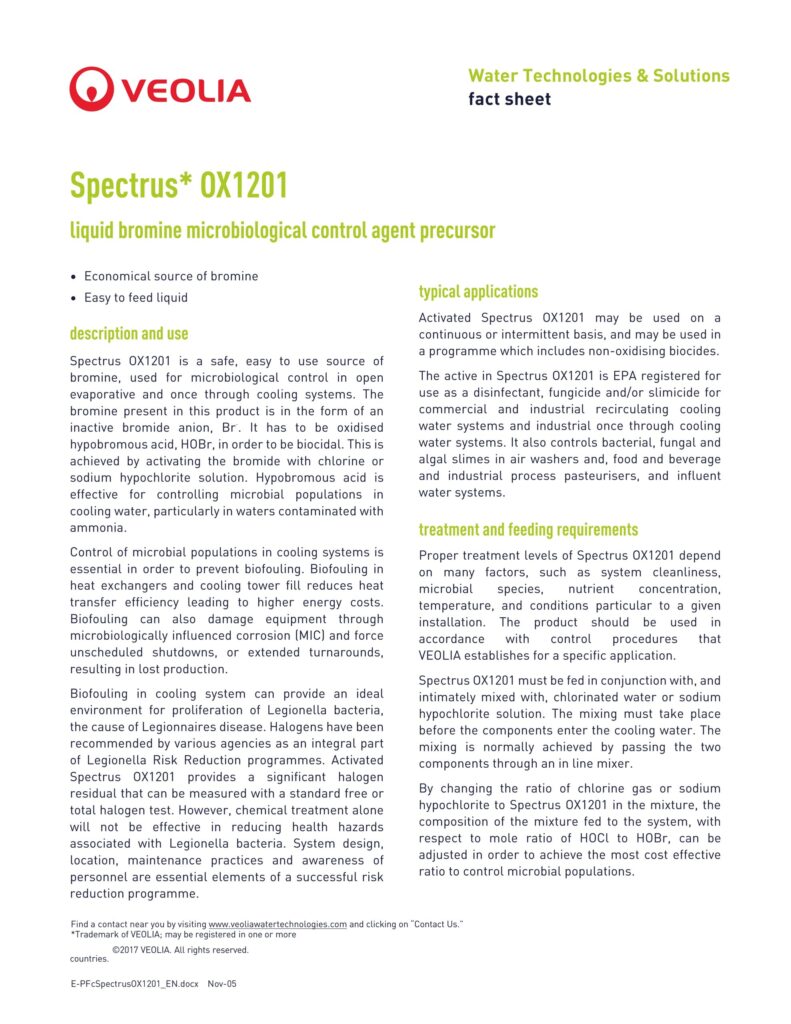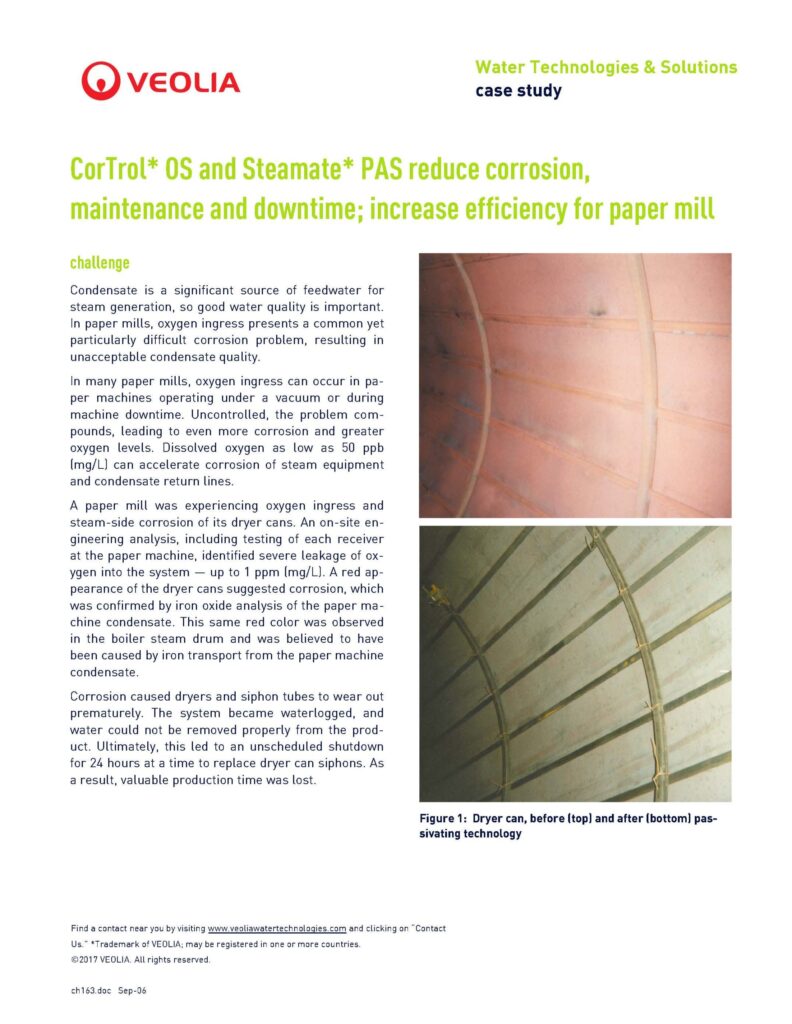
AG FR H Series
FACT SHEET
High performance, fouling resistant, high rejection brackish water RO elements
The AG FR H Series of thin-film reverse osmosis (RO) elements are designed to perform in challenging brackish water applications where high rejection is critical and fouling remains a key consideration. AG FR H Series elements combine Veolia chemistry and manufacturing advancements to deliver differentiated performance over the life of the element both in ionic rejection and in the rejection of uncharged or lightly charged species such as silica. Fouling resistance was also integrated into the membrane chemistry and element design for an optimized, long lasting, high performance element that is used in industries such as chemicals, mining, steel, and coal-to-chemicals.
All AG FR H Series membranes have NSF/ANSI/ CAN 61 certification for use in challenging municipal applications such as surface water treatment for drinking water with intent to remove emerging contaminants such as PFAS (per- and polyfluoroalkyl substances) compounds with a wide spectrum of size and structure.
Table 1: Element Specification
| Membrane | Thin-film membrane (TFM), polyamide |
| Model | Average permeate flow gpd (m3/day)(1,2) | Typical NaCl rejection (1,2) | Minimum NaCl rejection (1,2) |
| AG-400 FR H | 11,000 (41.6) | 99.8% | 99.5% |
- Average salt rejection after 24 hours of operation. Individual flow rate may vary ±20%.
- Testing conditions: 2,000 ppm NaCl solution at 225 psi (1,550 kPa) operating pressure, 77°F (25°C), pH 7 and 15% recovery.
Table 2: Element Properties (3)
| Model | Active area ft2 (m2) | Outer wrap | Feed Spacer (mil) | Part number |
| AG-400 FR H | 400 (37.2) | Fiberglass | 34 | 3187651 |

Figure 1: Element Dimensions Diagram – Female
Table 3: Dimensions and Weights (3)
| Model | Type | Dimensions, inches (cm) | Boxed weight lbs (kg) | ||
| A | B | C | |||
| AG-400 FR H | Female | 40.0(101.6) | 1.125(2.86) | 7.9(20.1) | 40(18) |
WATER TECHNOLOGIES
AG FR H Series
Table 4: Operating and CIP Parameters (3)
| Typical Operating Pressure | 200 psi (1,380 kPa) |
| Typical Operating Flux | 10-20 GFD (15-35 LMH) |
| Maximum Operating Pressure | 600 psi (4,137 kPa) |
| Maximum Temperature | Continuous operation: 122°F (50°C) Clean-In-Place (CIP): 122°F (50°C) |
| pH Range | Optimum rejection: 7.0-7.5Continuous operation 2.0-11.0
Clean-In-Place (CIP): 1.0-12.0 (4) |
| Maximum Pressure Drop | Over an element: 15 psi (103 kPa) Per housing: 50 psi (345 kPa) |
| Chlorine Tolerance | 1,000+ ppm-hours, dechlorination recommended |
| Feedwater2 | NTU < 1SDI15 < 5 |
- Element properties and parameters are indicative numbers. Specific values by element may vary within normal element manufacturing tolerances.
- Refer to Cleaning Guidelines Technical Bulletin TB1194.
Additional Information
-
- As with any product, use of the products mentioned in this publication in a given application must be tested (including field testing, etc.) by the user in advance to determine suitability.
- Treat RO elements with care; do not drop the element.
- Each RO element is wet tested, preserved in a 1% weight sodium bisulfite solution, and vacuum packed in oxygen barrier bags.
- During storage, avoid freezing and direct sunlight. The temperature should be below 35°C (95°F).
After Installation
-
- Keep the RO elements wet and use a compatible preservative for storage duration longer than 7 days.
- During the initial start-up, discharge the first permeate to drain for 30 minutes.
- Permeate back pressure should not exceed feed pressure at any time.
- The RO elements shall be maintained in a clean condition, unfouled by particulate matter or precipitates or biological growth.
- Consider cleaning, if the pressure drop increases by 20% or water permeability decreases by 10%. Use only chemicals which are compatible with the membrane.



